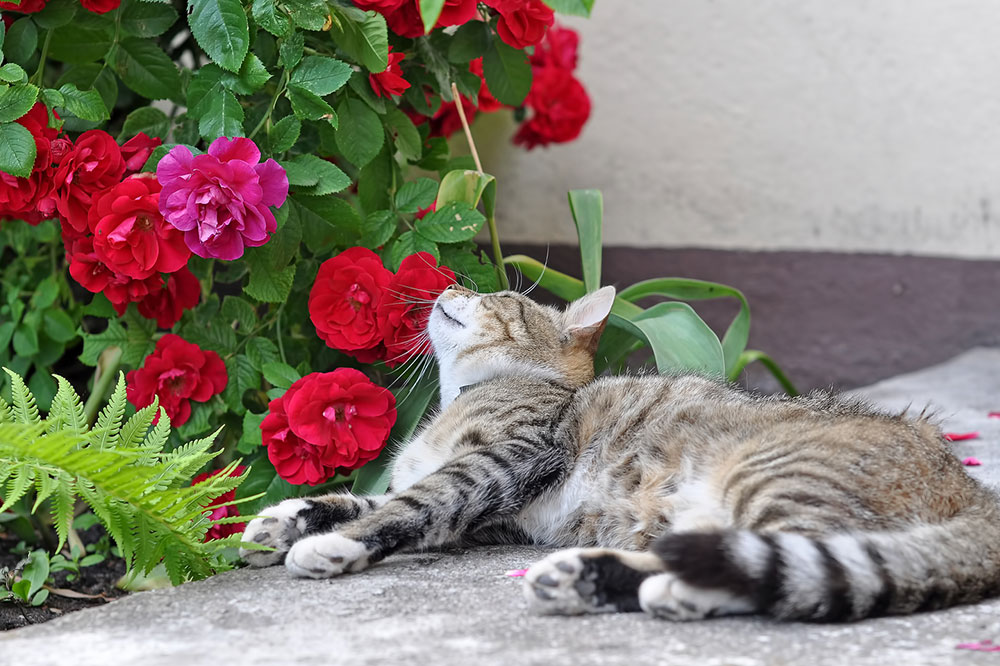
4 Most Toxic Plants for Cats
Cats have nine lives. How many of you believe that myth? Well, if you are a cat lover and have one, two, or a dozen of them in your home, then you’d very well know that cats have fast reflexes and a very flexible body, and those are some of the reasons they survive more accidents than most other pets. They are incredibly intelligent and curious too. So, as a responsible cat parent, you must know the six most toxic houseplants that are dangerous for your kitty. Read the list below and remember to keep these four plants away from the reach of your felines, or better still, do not bring them into your home at all.
American mandrake
- Also known as the duck’s foot, American Mandrake is a perennial plant.
- Parts of the plant that is poisonous include the leaves, stem, petals, and pollen of the flower.
- Typical symptoms include drooling, diarrhea, vomiting, anxiety, lethargy, dermal redness, disturbances in the central nervous system causing panting, erratic cardiac and respiratory action, pupil contractions, disorientation, tilting of the head, paralysis, and even coma in extreme cases.
- Atropine, a natural alkaloid that has potent antimuscarinic effects is the toxic element present in the American mandrake. This poses a great health risk for felines.
Barbados pride
- Also known as the peacock flower, this shrub belongs to the pea family.
- Parts of the plant that are poisonous include the seeds, pods, and leaves of the Barbados pride.
- The toxins in the seeds/pods of this plant are tannins, and the leaves contain hydrocyanic acid.
- Classic symptoms of Barbados pride poisoning include irritations in the oral cavity and gastrointestinal tract, drooling, and pawing at the mouth.
- Apart from that, the food intake and digestibility in cats are disturbed with difficulty in swallowing, vomiting, and diarrhea.
- Lethargy and loss of coordination are other indications of poisoning in cats.
California ivy
- Also known as glacier ivy, this woody evergreen climber/creeper plant bears spiritual significance in many cultures.
- Parts of the plant that are poisonous include the foliage and berries.
- Triterpenoid saponin compounds affect the immune, digestive, and respiratory systems in cats. They also cause foaming at the mouth, and falcarinol are natural pesticides found in the leaves of this plant.
- The juice of this plant can cause severe external allergic reactions when it comes in contact with the cat’s skin.
- Symptoms of this include redness of the skin, sneezing, itching, hyperthermia, bradycardia, hypotension.
- Other reactions caused by the ivy plant include anemia, hyper-salivation, blisters in the oral cavity, abdominal pain, bloating, loss of appetite, diarrhea, vomiting, lethargy, weakness, and seizures.
Desert rose
- Also known as Bangkok kalachuchi, the desert rose is an evergreen succulent shrub.
- The entire plant is considered noxious for both cats and dogs.
- The presence of cardio-active steroids, cardiac glycosides, and many other organic plant compounds make this plant toxic.
- The typical symptoms of poisoning by this beautiful flowering plant include severe gastrointestinal issues like vomiting, diarrhea, excruciating abdominal pain, excessive drooling, and dizziness.
- Anorexia, depression, cardiac issues like an irregular heartbeat or ventricular fibrillation, decreased body temperature, perspirations, heart block, and irreversibly increased intracellular Ca2+ can cause death in severe toxicity.



